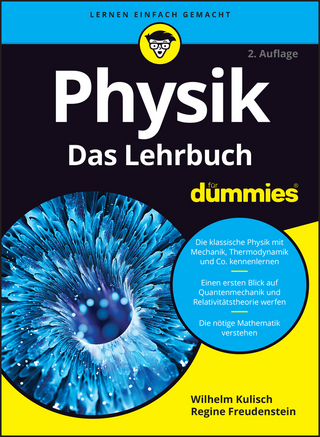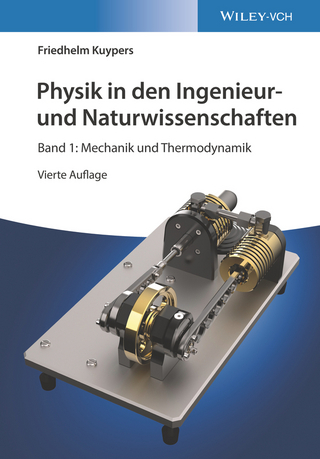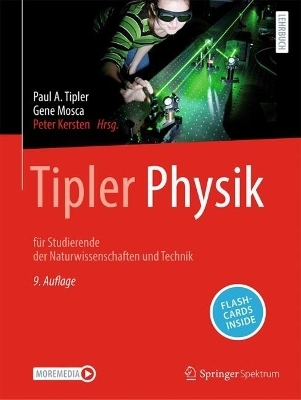
External Properties of Atomic Nuclei / Äussere Eigenschaften der Atomkerne
Springer Berlin (Verlag)
978-3-642-45902-3 (ISBN)
Atomic Masses of Nuclides.- A. Reasons and methods for measuring masses.- B. Atomic masses of nuclides.- C. Some trends in atomic masses of nuclides.- General references.- Determination of atomic Masses by Microwave Methods.- 1. Introduction.- 2. Theory of mass determination from rotational spectra of diatomic molecules.- 3. Approximations contributing to error in mass ratio determinations from spectra of diatomic molecules.- 4. Polyatomic linear and symmetric top molecules.- 5. Experimental techniques for measuring microwave absorption lines.- 6. Experimental results.- 7. Conclusion.- Acknowledgment.- Determination of Nuclear Spins and Magnetic Moments by Spectroscopic Methods.- A. Atomic spectra.- B. Atomic beams.- C. Molecular spectra.- General references.- Isotope Shifts.- A. Nuclear mass effects.- B. Field effects for spherical, incompressible nuclei.- C. Nuclear deformation effect.- D. Nuclear compressibility and surface phenomena.- E. Atomic considerations.- F. Comparison with experiment.- G. Conclusion.- Kernmagnetische Hochfrequenz-Spektroskopie.- Einführung.- A. Physikalische Grundlagen.- B. Experimentelle Technik.- C. Ergebnisse.- Zusammenfassende Berichte über das Gebiet der kernmagnetischen Hochfrequenz-Spektroskopie.- Determination of Nuclear Quadrupole Moments.- A. Determination of nuclear quadrupole moments from atoms or molecules.- B. Determination of nuclear quadrupole moments from nuclear transitions.- C. Mesonic quadrupole effects.- D. Results.- Acknowledgment.- References.- Sachverzeichnis (Deutsch/Englisch).- Subject Index (English/German).
| Erscheint lt. Verlag | 9.4.2012 |
|---|---|
| Reihe/Serie | Handbuch der Physik Encyclopedia of Physics | Kernphysik / Nuclear Physics |
| Zusatzinfo | VI, 472 S. 29 Abb. |
| Verlagsort | Berlin |
| Sprache | deutsch |
| Maße | 170 x 244 mm |
| Gewicht | 759 g |
| Themenwelt | Naturwissenschaften ► Physik / Astronomie ► Allgemeines / Lexika |
| Schlagworte | Atom • Atome • Atomkern • Energie • External Properties of Atomic Nuclei • Molekül • Symmetrie |
| ISBN-10 | 3-642-45902-1 / 3642459021 |
| ISBN-13 | 978-3-642-45902-3 / 9783642459023 |
| Zustand | Neuware |
| Haben Sie eine Frage zum Produkt? |
aus dem Bereich


